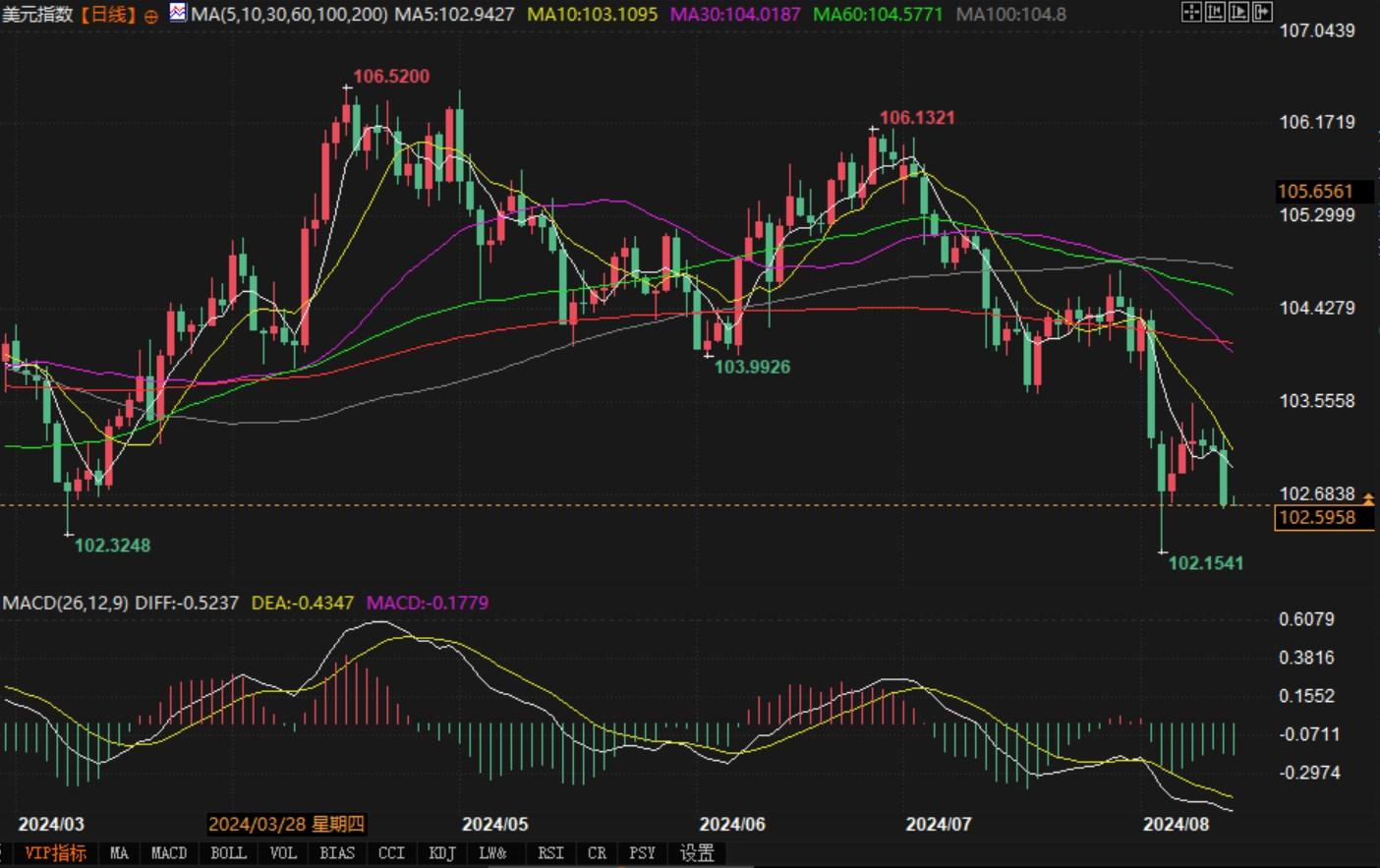Five major investment banks say that the Federal Reserve's interest rate cut is' on the way '!
On Tuesday, the Producer Price Index (PPI) for July in the United States showed that inflation continued to cool down, while consumer data showed that after years of sustained high prices, people are struggling to make ends meet. Subsequently, the possibility of a rate cut by the Federal Reserve at its September meeting has increased.
The five largest banks in the United States now believe that the Federal Reserve will soon take action to cut interest rates.
Economists from Bank of America stated in a recent report to clients that "interest rate trends have rapidly reversed." They added that they now believe the September rate cut is "effectively locked in.
Analysts from Wells Fargo agree with this view and expect the Federal Reserve to cut interest rates by 50 basis points in September and another 50 basis points in November, citing deteriorating job market conditions.
They stated that although the Federal Reserve has been largely successful in restoring inflation to its 2% target, "recent data shows that the risks facing the 'full employment' part of the Fed's dual mission are increasing," and emphasized that job growth is slowing while unemployment is rising, indicating potential fragility in the labor market
They also believe that "measured by the actual federal funds rate, the current stance of monetary policy is quite restrictive." They warn that "the FOMC needs to quickly return to a 'neutral' policy stance, otherwise it may fall into a vicious cycle of labor market weakness
Analysts from Wells Fargo predict that by mid-2025, the target range for the federal funds rate will drop to 3.25-3.50%, which many observers consider to be a neutral rate range. They expect a series of interest rate cuts in the coming months, including a 25 basis point cut in December and another 25 basis point cut at meetings in January, March, and June 2025, after a total of 100 basis points in September and November.
Morgan Stanley analysts say that if the Federal Reserve had known earlier about the data provided by the Bureau of Labor Statistics in early August showing an increase in unemployment, they would have implemented their first interest rate cut. The data shows that the unemployment rate rose from 4.1% in June to 4.3% in July, and the number of unemployed people in the United States soared to 7.2 million.
Michael Feroli, Chief US Economist at JPMorgan Chase, said, "If the Federal Reserve had received this (employment) report at last Wednesday's meeting, it would almost certainly have lowered policy rates by at least 25 basis points. It now appears that rates are clearly behind the curve, and we expect a 50 basis point rate cut at the September meeting, followed by another 50 basis point cut in November
Citi economists Veronica Clark and Andrew Hollenhorst also predict that the Federal Reserve will cut interest rates by 100 basis points before November and by 25 basis points in December. They expect that in future meetings, the Federal Reserve will further cut interest rates until they fall into the range of 3% to 3.25%, which will be reached by mid-2025.
Goldman Sachs economists David Mericle and Manuel Abecassis said that although the Federal Reserve should avoid overreacting to a poor employment report, they do believe that the Fed will cut interest rates by 25 basis points multiple times to avoid the economy falling into recession.
They wrote in an investor report: 'It is often wrong to infer too much from an employment report that does not have a sudden major shock that changes the situation.' Subsequently, they raised their recession forecast by 0.1 percentage points to 25%. “
These two economists said, "After the employment report was released, we changed our forecast for the Federal Reserve, including three consecutive 25 basis point rate cuts in September, November, and December
If the Federal Reserve, as predicted by investment banks, implements interest rate cuts in September or even continues to do so in the future, it will suppress the US dollar index, which may continue to remain sluggish. Investors need to remain vigilant about this.

Daily chart of the US dollar index
Tips:This page came from Internet, which is not standing for FXCUE opinions of this website.
Statement:Contact us if the content violates the law or your rights
